In a new feature for 2019, Mark Hughes takes us to the circuit’s edge in FP1, delivering his razor-sharp observations from two sections of Albert Park where drivers can make a difference and car behaviors compared – Turns 9 and 10, and Turns 11 and 12.
TRACKSIDE AT TURNS 9-10
This piece of Melbourne parkland track has waited patiently for 12 months, tolerated the picnickers and the minivans, the grind of city life, knowing its three days in the sun were on the way. At noon Friday it’s sunny, breezy and dusty as the sound of the season’s first engine travels across from the pit exit over the choppy lake and up to turns 9-10, otherwise known as Clark Chicane. A ripple of applause breaks out from the stands. The other engines are filling the air with background noise as the first one becomes distinct, each gearchange clear and crisp and into view it’s Kimi Raikkonen’s Alfa Romeo. The season is finally underway.
A bit of mechanical limbering up, mini dust clouds rising from diffusers, as installation laps are completed amid a chorus of rasping Mercs, guttural Ferraris, popping Hondas and smooth Renaults, oscillations from the transmissions on these early session part-throttle upshifts.
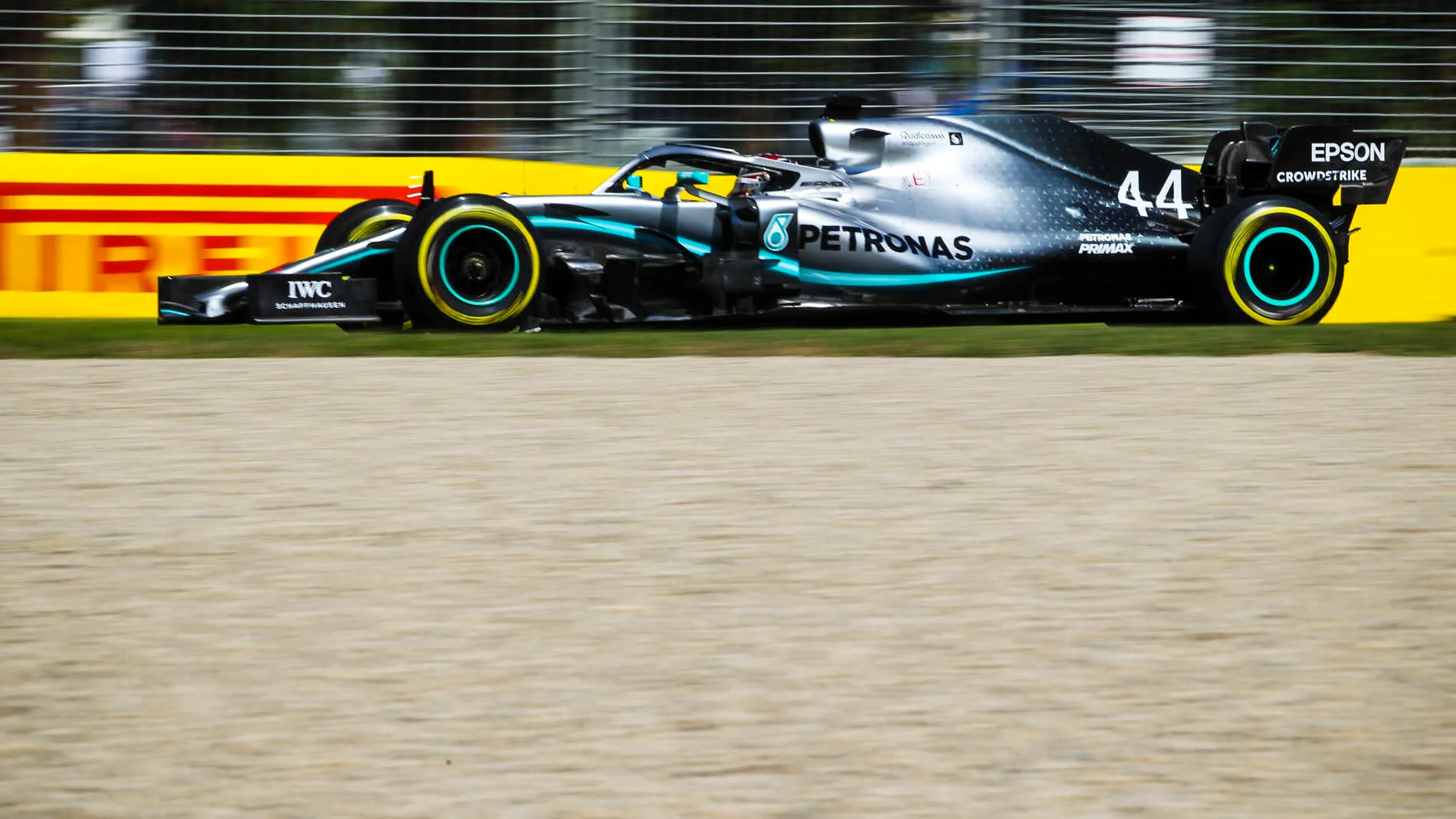
A few minutes of silence as everyone returns to the pits. Then the session’s momentum begins to build. Lewis Hamilton’s the first to make a full commitment into the braking zone, the Mercedes’ underbody sparking. From the outside of 9, shine and glare focusses into colour and identity only as the car is almost at the apex such is the intensity of the sunlight.
Then a car without glare – a Ferrari. Sebastian Vettel is feeling for how much support he has from the rear end, a progressively faster entry each lap. Max Verstappen’s got his high-energy hustle going early but the exit kerb here has been flattened since last year and he doesn’t have to do anything like as much wrestling as he did in the same place then. The Honda engine is higher-pitched earlier in the acceleration phase than the others. Maybe the Red Bull is running shorter ratios, maybe it’s just an aural trait of the motor.
Max Verstappen’s got his high-energy hustle going early
Kevin Magnussen’s Haas gives an angry flare of wheelspin over that flat kerb, as he’s accelerating even before the apex. He’s then having to balance the throttle careful through the exit of nine to keep the front from running wide into the wall. Charles Leclerc has got a similarly delicate throttle foot here. But there is one lap of Hamilton’s where he gets the most beautifully balanced shallow oversteer into eight, minimizing the time lost to direction change without losing momentum.
Alex Albon is fearlessly attacking the session on his F1 debut and suffers a small moment over the Turn 9 exit kerb and a few minutes later a full-blown tank-slapper as he exits 10, desperately trying to stay out of the wall. The McLaren, meanwhile, doesn’t look great at this point, a little lazy into the turn, audibly iffy traction on exit.
The heat is building at much the same rate as the pace and as it does so the soft-shod Red Bulls are showing fantastic mid-corner grip.
TRACKSIDE AT TURNS 11-12
Up at the much faster sequence of turns 11-12, the picture is slightly different. For one thing, the McLaren looks much better at high speed than low, planted and balanced for both Carlos Sainz and Lando Norris.
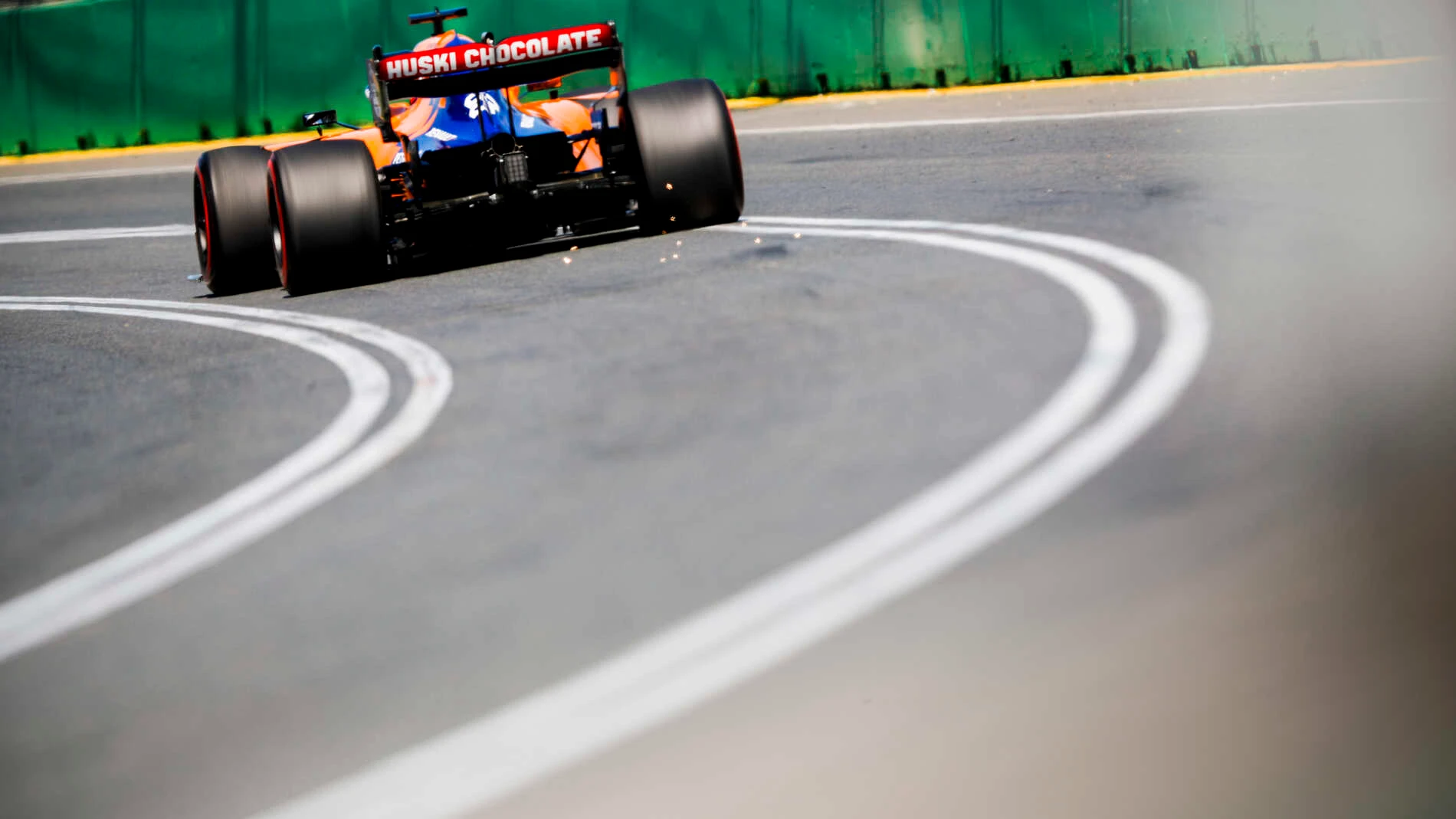
The cars’ aero grip here is astounding, two significant corners devoured with brutal forces fed through the tyres that are underlined as Valtteri Bottas gets a nasty-looking twitch as he exits 11 before the downforce just slams the car back down.
The Red Bulls are trailing an almost liquid flow of underbody sparks throughout this whole sequence, but the fastest, cleanest run through here is Hamilton’s, the Merc guided with pinpoint precision and no lift of the right foot, upshift into eighth on the exit of 12.
It’s rivalled minutes later though by Vettel’s. The Ferrari is moving around a little more in the transition between the two turns but the speed carried into 12 is breathtaking – and the upshift comes even earlier than Hamilton’s.
What it means we don’t yet know for certain. But the drama of the promise is profound.
Next Up
Related Articles
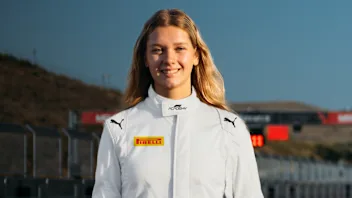 F1 AcademyPUMA select Rachel Robertson for 2026 season
F1 AcademyPUMA select Rachel Robertson for 2026 season F1 Arcade announces opening date for new Atlanta venue
F1 Arcade announces opening date for new Atlanta venue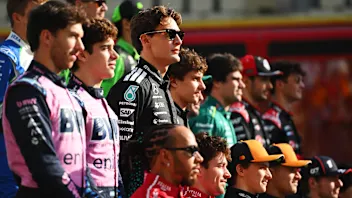 VOTE: Who has the best driver line-up for 2026?
VOTE: Who has the best driver line-up for 2026? Hadjar details what excites him most about racing for Red Bull
Hadjar details what excites him most about racing for Red Bull.webp) Quiz10 questions on McLaren World Champions
Quiz10 questions on McLaren World Champions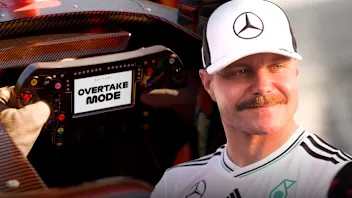 Bottas on how F1 drivers will adapt to the 2026 regulations
Bottas on how F1 drivers will adapt to the 2026 regulations
